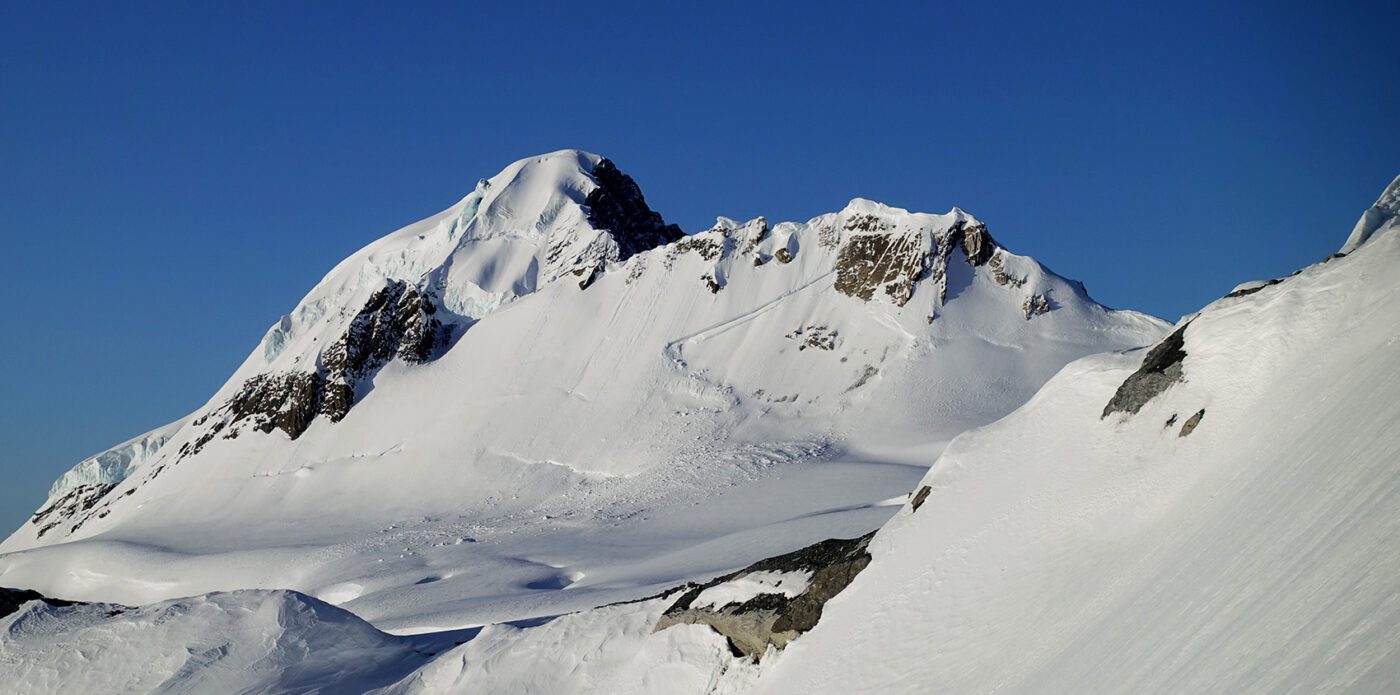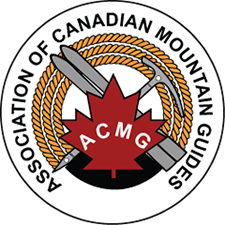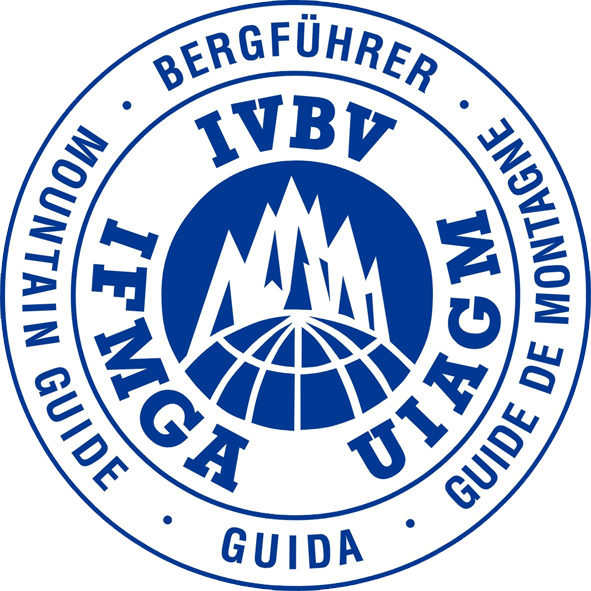
Avalanche Skills – AST 2
Boost your avalanche skills to the next level for some serious fun…
The AST 2 will deepen your knowledge, broaden your perspective and refine your decision making skills in avalanche terrain. This 3 & 1/2 day program is the next logical step after completing the AST 1. Similar topics will be covered with more in-depth emphasis on adapting personal exposure relative to changing conditions & ongoing field observations.
This course provides the highest recreational avalanche training in Canada and is a good stepping stone for folks seeking further Industry Training Programs. It follows Avalanche Canada’s program, goals, and objectives. For more info and photos, here is a link to an AST 2 course review done by Backcountry Skiing Canada.
For more specific details about this course continue browsing below. Students who have not taken avalanche training in awhile should consider doing the recently developed Managing Avalanche Terrain course (MAT) or the Companion Rescue Skills course (CRS). These one day programs gives you opportunity to review and refresh your skills, get information about new avalanche equipment as well as discover updated trip planing and rescue techniques.
Day 1: We will meet for a 4-hour classroom session during the evening. We will discuss and watch videos on topics like avalanche hazard recognition, terminology & mechanics, mountain weather, snowpack structure & basic terrain evaluation. We will also sign a waiver and do a gear check.
Day 2, 3 & 4: Backcountry ski days with a 2-hour classroom session on each the 2nd and 3rd evening. We will generally meet at 8:00 am and drive to a ski touring destinations to be established in the West Kootenay backcountry. We will spend 8hrs outside each day. We will focus on learning and practising skills, including avalanche hazard recognition, terminology & mechanics, mountain weather, snowpack structure, basic terrain evaluation, terrain evaluation, mountain hazard assessment, safe route finding techniques, snowpack analysis, snow testing techniques, transceiver searches and rescue fundamentals.
Students will receive a CAA certificate and personal feedback before course end
Successful completion of Avalanche Skills Level 1 (please have dated certificate*).
Ensure you have most recent (2010) version of Avaluator™ Trip Planner.
Pre-read Staying Alive in avalanche terrain by Bruce Tremper
Intermediate skiing or ‘boarding ability (touring equipment or Split board required).
Guests are responsible to self evaluate their skills as groups need to be matched together based on prior experience and ability. Please contact us to discuss your background and what kind of course would suit you best.
Contact your guide by phone or email the week before for meeting location. Field days will occur in the Selkirks Mtns, local backcountry near Nelson.
Kootenay weather can vary drastically. In winter you expect temperatures to be from -15C to –5C in the day while in spring daily temperatures could rise well above zero. Visibility may be poor or whiteout conditions when snowing heavily or clear on bluebird days. Ensure you are dressed for all variations as temperatures, wind, precipitation can change within the day.
What’s Included:
- Pre-trip planning support
- Certified ACMG, IFMGA and/or CAA instructor
- AST 2 class note handouts & certificate upon course completion
- Decision Making in Avalanche Terrain (DMAT field-book)
- Breakfasts & Dinners included on Hut based courses
- Group safety equipment (communication device, rescue kit, first aid supplies, GPS, maps)
Not included in price:
- Lunch, snacks
- GST 5% tax
- Staying Alive in Avalanche Terrain by Bruce Tremper. Ensure you purchase/borrow & read resource in advance
- 2010 Avaluator™ Trip Planner (received in AST 1) contact CAC for replacement card
- Personal ski touring boots, skis, skins or splitboard
- personal avalanche safety equipment *SMG rentals available $50/day for complete set or beacon ($30), shovel ($15) & probe ($15)
- Transportation to touring location
- Lift fee if applicable, one way Whitewater fee is $45, Red Mtn $4
- Trip cancellation, adventure travel insurance, medical insurance
Where can I rent Ski touring and safety equipment?
Here are a few outdoor stores in Nelson that supply good service and quality outdoor equipment and gear rental, please ensure you rent gear well in advance.
Rivers Oceans and Mountains 354-2056 www.roamshop.com
Valhalla Pure Outfitters 354-1006 www.shop.vpo.ca
Gericks 354-4622 www.gericks.com
Digital vs Analog Transceiver?
What kind of transceiver can I use? If you are interested in touring in the back country with friends or take one of our courses, it is very important to get a modern “triple antenna digital beacon”. The analog beacons are functional however, they are limiting and a thing of the past. We ask participants to ensure that they have a digital transceiver for the course.
For recreational skiers and boarders, we suggest the following beacons: Mammut-Baryvox “Element”, Ortovox “Zoom”, Peeps “DSP tour” or hte Tracker “2”. For people that moving towards working in the ski industry a more professional “more advanced” beacons is recommended, such as Mammut-Baryvox “Pulse”, Ortovox “3+“ or Peeps “regular DSP”.
Skis, Telemark or Split Boards?
Which should you use? If you are a downhill skier then you should use Alpine Touring gear. Only if you are already an advanced Telemark skier or Snowboarder should you bring Telemark or Split Board gear. All types of gear can be rented in Nelson prior to your day trip. There are three types of backcountry systems you can use:
Alpine Touring skis are essentially downhill skis with a special touring binding which allows the heel to lift whilst going uphill or across the flats and then ‘locks down’ to become a regular downhill safety binding. We recommend this system to anyone with a background of downhill skiing who is not already an advanced telemark skier.
Telemark skis. These should only be used for this program if you are at least an advanced-intermediate telemark skier with some backcountry experience. This system is more difficult and less forgiving than the others.
Snowboarding with a Split Board is the most effective way to snowboard in the back country. We recommend this system to advanced snowboarder over snowshoeing.



